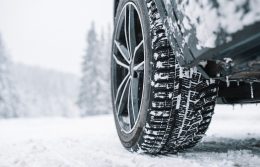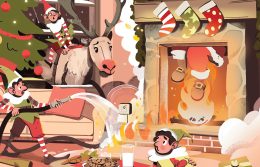How to Pull Over for Emergency Vehicles in Texas
It’s happened to all of us. You’re on a crowded road, pinned against the shoulder or the highway divider, when, through your rearview mirror, you see the flashing lights of a service vehicle.
The law in the Texas Transportation Code that addresses how drivers should respond to emergency vehicles is summed up most succinctly as “move over or slow down.” While most drivers are generally familiar with the law that requires Texas drivers to yield for emergency response vehicles, it’s important to know what to do in every situation.
Let’s run through Texas’ rules for pulling over for emergency vehicles so that next time a fire engine is barreling down the road behind you, you’ll know exactly what to do.
What Emergency Vehicles Do You Pull Over for?
Emergency vehicles include:
- Ambulances
- Firetrucks
- Police vehicles
- Utility service vehicles
- Highway work crews
- Tow trucks
How to Respond to an Emergency Vehicle
Here’s what to do if an emergency vehicle is:
- Ahead of you. Slow down to at least 20 mph below the posted speed limit.
- Approaching from behind you. Slow down and begin to move to the side of the road carefully and safely. Switch on your hazards so that drivers behind you know you’re slowing down. Move over a lane to allow space for the vehicle to pass. When you have made it to the side of the road, slowly come to a complete stop.
- Stopped on the side of the road. Merge out of the lane closest to the emergency vehicle; if traffic makes it impossible or unsafe to do so, slow down to 20 mph below the posted speed limit.
Penalties for Failing to Pull Over for an Emergency Vehicle
Drivers who break the law by not moving over to allow emergency vehicles to pass — or who do not slow down when approaching stopped emergency vehicles — may receive a ticket. The fine for failing to give way can be up to $200. If a driver causes an accident or crash that leads to the injury of a first responder or roadworker, those fines can reach up to $2,000.
Click here for a review of Texas’ other traffic laws.
© 2021 Texas Farm Bureau Insurance



